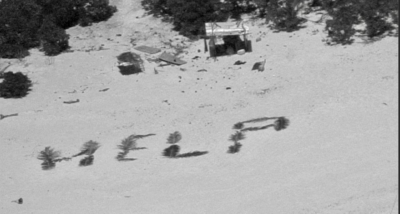The financial health of an industry can have a major affect on transportation demand. An example is the lucrative movements of North Dakota crude oil by rail and barge as substitutes for the lack of pipeline capacity. Contrast that with coal and its continued difficulties in the face of persistent low natural gas prices.
Another troubled commodity sector is emerging — U.S. agriculture. It is facing mounting international competition and shifting demands between crops and livestock. Grain prices have peaked and are near multiyear lows. U.S. agriculture is approaching the deepest farm slump since the 1980s, when demand for barges plummeted in response to industry over expansion and caused a decade of hopper barge surpluses.
Crop price trends are declining. For example, sugar beet prices were about $35 per ton in the late 1990s, rising to near $70 per ton in 2012, and then dropping to near $35 a ton in 2016. Corn and wheat have fared slightly better. Corn prices were stable at $2 per bushel in the late 1990s before rising to near $7 a bushel by 2012. Corn prices then dropped to about $3.20 per bushel by 2016. Similarly, wheat crop prices rose from over $2 per bushel in the late 1990s to nearly $8 per bushel by 2012 before declining to $4 a bushel by 2016.
Part of the problem causing low prices is too much production. The USDA reported a 3.6-bushel-per-acre boost in the forecast national average corn yield, which resulted in a near 300-million-bushel increase in U.S. corn supplies to 16.9 billion bushels. The corn harvests for recent years were smaller, 15.1 billion bushels in 2016 and 13.6 billion bushels in 2015.
For the barge industry, this suggests that for the immediate term the U.S. agriculture boom is over and there is likely to be some retrenchment in the farm sector. This will be characterized by reductions of smaller family farm enterprises and increased big scale farming by big conglomerates.
Barge tonnages of farm and food products in 2017 trended previous years (from 2013) well until September, and then dropped below all other year-to-date trends. This suggests that 2018 is going to be a year to watch.





